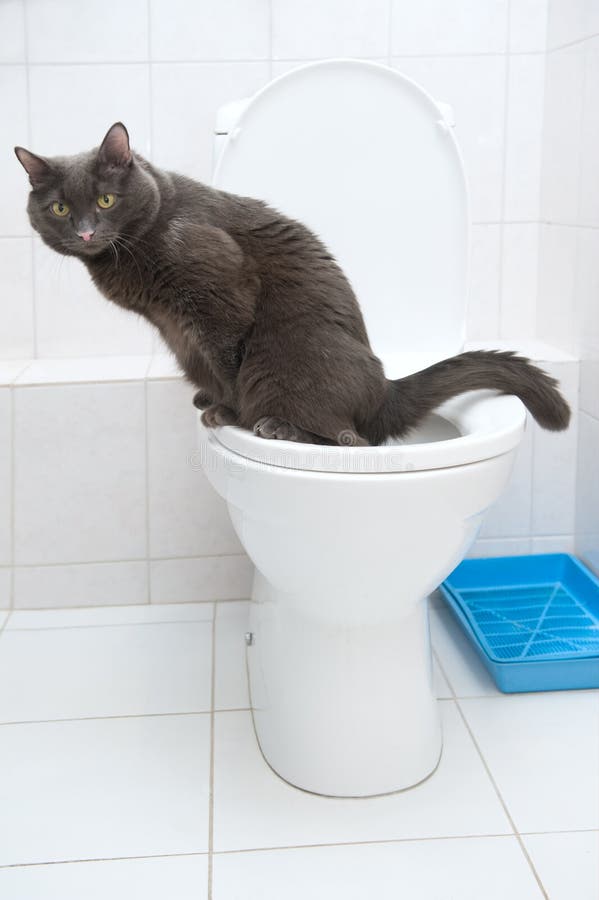Avoid Flush Cat Poop Down Your Toilet - Safeguard Your Plumbing System
Avoid Flush Cat Poop Down Your Toilet - Safeguard Your Plumbing System
Blog Article
On this page down the page you can locate a lot of great information and facts in regards to Can You Flush Cat Poo or Litter Down the Toilet?.
Intro
As feline owners, it's vital to be mindful of just how we dispose of our feline close friends' waste. While it may appear practical to flush pet cat poop down the toilet, this technique can have harmful consequences for both the setting and human health.
Alternatives to Flushing
The good news is, there are more secure and more liable ways to take care of feline poop. Take into consideration the complying with choices:
1. Scoop and Dispose in Trash
The most usual method of taking care of feline poop is to scoop it into a naturally degradable bag and toss it in the trash. Make sure to use a specialized clutter scoop and take care of the waste quickly.
2. Usage Biodegradable Litter
Go with naturally degradable cat trash made from products such as corn or wheat. These clutters are environmentally friendly and can be safely taken care of in the garbage.
3. Bury in the Yard
If you have a lawn, consider hiding pet cat waste in a designated area far from veggie yards and water resources. Make certain to dig deep sufficient to stop contamination of groundwater.
4. Install a Pet Waste Disposal System
Invest in a family pet garbage disposal system specifically created for pet cat waste. These systems use enzymes to break down the waste, decreasing smell and ecological impact.
Health and wellness Risks
Along with ecological worries, purging pet cat waste can also position health and wellness threats to human beings. Cat feces may include Toxoplasma gondii, a bloodsucker that can create toxoplasmosis-- a possibly extreme health problem, specifically for pregnant women and individuals with weakened immune systems.
Environmental Impact
Flushing feline poop presents dangerous virus and bloodsuckers right into the water, posturing a substantial threat to marine ecosystems. These contaminants can negatively impact marine life and compromise water quality.
Conclusion
Accountable family pet ownership prolongs beyond offering food and shelter-- it also involves correct waste monitoring. By avoiding purging feline poop down the commode and going with different disposal approaches, we can lessen our ecological footprint and safeguard human health.
Why Can’t I Flush Cat Poop?
It Spreads a Parasite
Cats are frequently infected with a parasite called toxoplasma gondii. The parasite causes an infection called toxoplasmosis. It is usually harmless to cats. The parasite only uses cat poop as a host for its eggs. Otherwise, the cat’s immune system usually keeps the infection at low enough levels to maintain its own health. But it does not stop the develop of eggs. These eggs are tiny and surprisingly tough. They may survive for a year before they begin to grow. But that’s the problem.
Our wastewater system is not designed to deal with toxoplasmosis eggs. Instead, most eggs will flush from your toilet into sewers and wastewater management plants. After the sewage is treated for many other harmful things in it, it is typically released into local rivers, lakes, or oceans. Here, the toxoplasmosis eggs can find new hosts, including starfish, crabs, otters, and many other wildlife. For many, this is a significant risk to their health. Toxoplasmosis can also end up infecting water sources that are important for agriculture, which means our deer, pigs, and sheep can get infected too.
Is There Risk to Humans?
There can be a risk to human life from flushing cat poop down the toilet. If you do so, the parasites from your cat’s poop can end up in shellfish, game animals, or livestock. If this meat is then served raw or undercooked, the people who eat it can get sick.
In fact, according to the CDC, 40 million people in the United States are infected with toxoplasma gondii. They get it from exposure to infected seafood, or from some kind of cat poop contamination, like drinking from a stream that is contaminated or touching anything that has come into contact with cat poop. That includes just cleaning a cat litter box.
Most people who get infected with these parasites will not develop any symptoms. However, for pregnant women or for those with compromised immune systems, the parasite can cause severe health problems.
How to Handle Cat Poop
The best way to handle cat poop is actually to clean the box more often. The eggs that the parasite sheds will not become active until one to five days after the cat poops. That means that if you clean daily, you’re much less likely to come into direct contact with infectious eggs.
That said, always dispose of cat poop in the garbage and not down the toilet. Wash your hands before and after you clean the litter box, and bring the bag of poop right outside to your garbage bins.
https://trenchlesssolutionsusa.com/why-cant-i-flush-cat-poop/

As a passionate person who reads on Can You Flush Cat Poop Down The Toilet?, I imagined sharing that blog post was really useful. Enjoyed our write-up? Please share it. Let another person discover it. Thanks so much for your time spent reading it.
Click Report this page